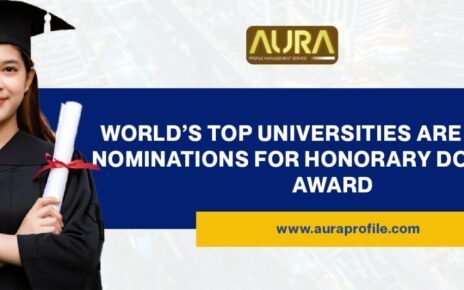April 19, 2025 | New Delhi — As tuition fees climb and graduate numbers grow, a pressing question echoes across boardrooms and campuses alike: Why are so many graduates still unprepared for the workforce?
Despite formal claims by universities about their role in workforce development, a growing body of data reveals a stark disconnect between classroom learning and the practical demands of today’s job market—a divide increasingly referred to as the “employability grey area.”
According to a 2023 McKinsey report, 87% of executives say their organizations currently face or anticipate critical skill gaps. Research from Gallup and the Lumina Foundation further underscores the issue, with only 11% of business leaders expressing strong confidence in graduates’ job readiness. Meanwhile, PwC’s 2024 CEO Survey found that nearly 80% of global CEOs are concerned about talent shortages in key skill areas.
This isn’t just about numbers. These figures reflect frustration—felt keenly by both employers and the young professionals entering the workforce. For many organizations, new hires take anywhere from six months to a year to reach full productivity, according to the Society for Human Resource Management (SHRM). For early-career professionals, this delay can stall growth and dent confidence.
Structural Lag in Higher Education
The underlying reasons are structural. Higher education institutions, by design, struggle to adapt quickly. Developing a new academic course can take up to two years—far too slow for industries being reshaped in real-time by AI, digital transformation, and evolving consumer behavior.
Compounding the problem is the widening gap between academia and industry. Less than a third of professional program faculty have worked in their respective fields within the past five years, as reported by the Association of American Colleges and Universities. This disconnect means that while the theory is often well taught, its application in real-world settings is overlooked.
Traditional assessment methods add another layer of concern. Standardized tests and essay-based evaluations may gauge conceptual understanding but rarely offer insight into whether a graduate can operate effectively in dynamic work environments.
Despite involving industry representatives on advisory boards, most universities stop short of inviting them into core curriculum development. A 2022 Deloitte survey found that fewer than 12% of institutions include industry partners in meaningful, design-level curriculum decisions.
A Way Forward: Bold, Measurable Shifts
The solutions are not theoretical—they’re practical and increasingly urgent.
Educational institutions need to restructure incentives. Recognizing faculty for real-world impact—through teaching excellence, employability outcomes, and industry collaboration—must become as important as publishing academic research. Sabbaticals and exchange programs can be used to embed faculty in industry, allowing them to return with up-to-date insights for the classroom.
Academic transcripts, too, can evolve. Beyond grades, they could include verified skills, project-based work, and practical proficiencies—giving employers a clearer picture of what a graduate brings.
Employers, meanwhile, must step up as active partners, not just advisors. Internships should offer meaningful, skill-building work—not just clerical tasks. Even the best-prepared graduates require structured onboarding and mentorship to bridge the final stretch into the workplace.
Government and regulatory bodies also play a vital role. Accreditation standards could begin incorporating outcome-based metrics such as employer satisfaction, job placement rates, and demonstrable skill acquisition. Targeted funding and tax incentives can encourage deeper partnerships between academia and industry.
Redefining Education for the Long Haul
Perhaps most crucially, there needs to be a mindset shift. Education can no longer be viewed as a single life phase. Lifelong learning—adaptive, flexible, and aligned with shifting career landscapes—must become the new norm.
The message is clear: The divide between education and employment is not a distant policy issue—it’s an immediate, solvable challenge. If education is to remain relevant, it must evolve to meet the reality of the world it serves.




